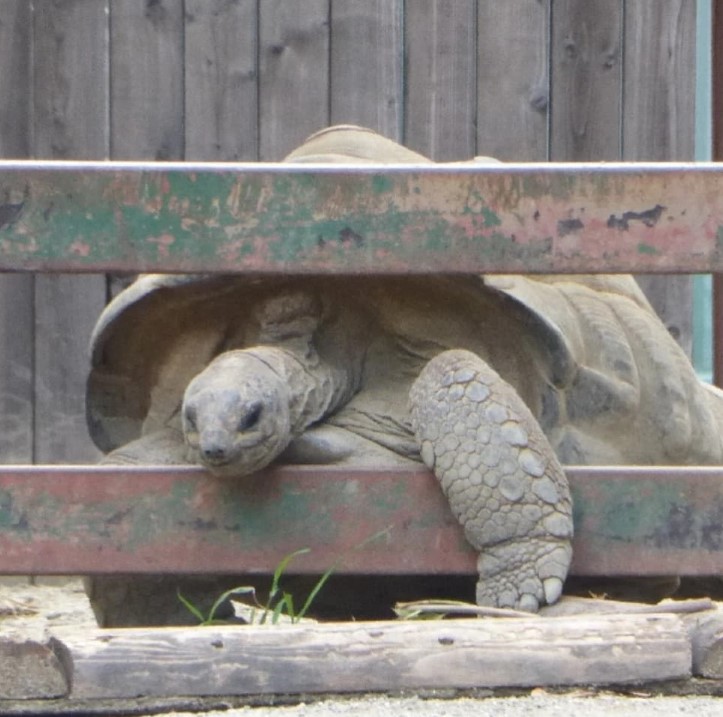Time, as Albert Einstein once explained, is a relative concept—one that doesn’t always move at the same pace for all. While difficult to fully grasp, this idea underscores an even more fascinating reality: some animals experience astonishingly long lives, enduring decades—or even centuries—beyond what we might expect.
Scientists have spent years examining nature’s most enduring creatures, seeking clues to the secrets of longevity. From deep-sea clams to cancer-resistant rodents, these species may one day help humans unlock the code to a healthier, longer life.
Among humans, the record is held by Jeanne Calment, who lived an extraordinary 122 years and 164 days. Born in 1875 in Arles, France, she famously claimed to have met Vincent van Gogh, describing him as “dirty” and “disagreeable.”
Her secret to long life? Calment credited humour and a stress-free outlook. Surprisingly, she smoked for much of her life—quitting only at 117—and reportedly indulged in wine and chocolate regularly. She passed away in 1997, having outlived both her daughter and grandson.
Glass sponges: the ancient survivors
Though fragile in appearance, glass sponges are among the Earth’s longest-living organisms. Found at depths below 450 metres in oceans across the globe, these marine creatures can live up to 15,000 years. Their longevity is attributed to extremely slow metabolic rates and a stable deep-sea environment.
Cookie the cockatoo: a feathered record-holder
In the avian world, longevity belongs to Cookie, a male pink cockatoo (Cacatua leadbeateri) who lived at Brookfield Zoo in Chicago. Cookie was recognised by Guinness World Records in 2014 as the world’s oldest parrot, reaching the age of 83 before his death in 2016. Remarkably, he outlived his closest avian competitor by more than half a century.
Naked mole rats: nature’s toughest rodents
Small in stature but mighty in biology, the naked mole rat has captured scientific attention for its longevity and resilience. Capable of surviving 18 minutes without oxygen and showing remarkable resistance to cancer, these rodents are true anomalies. In 2020, one male was documented to have lived 37 years—far surpassing the lifespan of other rodents. Their low metabolic rate and subterranean lifestyle help limit exposure to predators and environmental hazards.
Perhaps the most astonishing example is the ocean quahog (Arctica islandica), a clam capable of living for centuries. In 2006, a specimen collected off the coast of Iceland was found to be an incredible 507 years old. Dubbed ‘Ming’ by the media—referencing the Chinese dynasty in power at the time of its birth—this clam is locally known as ‘Hafrun’, Icelandic for “mystery of the ocean.” Scientists determine the age of these molluscs by counting the growth rings on their shells, much like tree rings.
Tortoises are often associated with long life, but none more so than the Aldabra giant tortoise. The oldest known individual, Adwaita, was believed to have lived for 255 years, passing away in 2006 at the Alipore Zoological Garden in Kolkata, India. Thought to have hatched in 1750, Adwaita spent over a century in solitude at the zoo.
Native to the Aldabra atoll in the Seychelles, this species boasts the largest population of tortoises in the world, with approximately 100,000 individuals.





